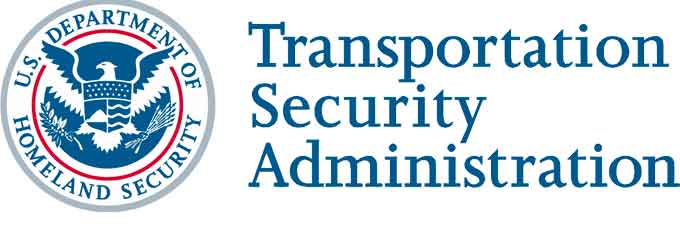
The number of firearms caught by Transportation Security Administration (TSA) officers at Ronald Reagan Washington National Airport (DCA) checkpoints have been increasing at an alarming rate this year, as TSA officers caught the ninth gun of the year on Sunday.
Over the course of 2018, TSA officers at DCA caught a total of 16 firearms during the entire year, and with nine already discovered by early April 2019, the incident puts the number on a disturbing record-setting pace.
TSA would prefer to see the trend go in the opposite direction with fewer travelers bringing their guns to checkpoints, and is therefore disturbing.
Yet here it is, just a few days into April and already TSA officers have caught more than half of the number of guns caught during all of 2018.
(The TSA is seeing an increase in the number of guns it has caught at Reagan National Airport so far to begin this year. Courtesy of ABC7 WJLA and YouTube. Feb 21, 2019.)
This latest gun catch, a .380 caliber handgun, was loaded with six bullets.
A TSA officer spotted the handgun during inspection with a checkpoint X-ray machine, who contacted Metropolitan Washington Authority Police, who had officers arrive at the checkpoint, take custody of the firearm and cite the man, a resident of Arlington, Virginia, on a state weapons charge.
“This is a troubling trend,” said TSA Federal Security Director Kerwin P. Wilson, who oversees the TSA operation at DCA.
“We don’t want to break this type of a record, but at this pace, it sure looks like that is likely.”
(See how TSA uses advanced imaging technology to safely screen passengers at the checkpoint. Advanced imaging technology uses automated target recognition software that eliminates passenger-specific images and instead auto-detects potential threats by indicating their location on a generic outline of a person. Courtesy of the TSA and YouTube.)
“Travelers who want to travel with their firearms can do so, but the proper way to do so is to pack your unloaded gun in a locked hard-sided case and then take it to your airline check-in counter to declare that you want to fly with it,” added Wilson.
“The airline representative will see to it that your firearm is placed in the belly of the aircraft with the other checked baggage to ensure that nobody has access to it during the flight.”
“Travelers should never try to bring their guns through a security checkpoint.”
Nationwide last year, 4,239 firearms were discovered in carry-on bags at checkpoints across the country, averaging about 11.6 firearms per day, approximately a 7 percent increase nationally in firearm discoveries from the total of 3,957 detected in 2017.
Eighty-six percent of firearms detected at checkpoints last year were loaded and nearly 34 percent had a bullet in the chamber.
TSA Firearm Catches at DCA
| Firearms caught in 2018 | Firearms caught in 2019 (as of 4-7-19) | |
| DCA | 16 | 9 |
As a reminder, individuals who bring firearms to the checkpoint are subject to possible criminal charges from law enforcement.
Even travelers with concealed firearm permits are not allowed to bring guns onto airplanes.
(Thinking of traveling with a firearm? Watch this short informative video to learn more! Courtesy of the TSA and YouTube.)
Firearms*
- When traveling, comply with the laws concerning possession of firearms as they vary by local, state and international governments.
- If you are traveling internationally with a firearm in checked baggage, please check the U.S. Customs and Border Protection website for information and requirements prior to travel.
- Declare each firearm each time you present it for transport as checked baggage. Ask your airline about limitations or fees that may apply.
- Firearms must be unloaded and locked in a hard-sided container and transported as checked baggage only. Only the passenger should retain the key or combination to the lock unless TSA personnel request the key to open the firearm container to ensure compliance with TSA regulations.
- Firearm parts, including magazines, clips, bolts and firing pins, are prohibited in carry-on baggage, but may be transported in checked baggage.
- Replica firearms, including firearm replicas that are toys, may be transported in checked baggage only.
- Rifle scopes are permitted in carry-on and checked baggage.
Ammunition
- Ammunition is prohibited in carry-on baggage, but may be transported in checked baggage.
- Firearm magazines and ammunition clips, whether loaded or empty, must be securely boxed or included within a hard-sided case containing an unloaded firearm.
- Read the requirements governing the transport of ammunition in checked baggage as defined by 49 CFR 175.10 (a)(8).
- Small arms ammunition, including ammunition not exceeding .75 caliber and shotgun shells of any gauge, may be carried in the same hard-sided case as the firearm.



















